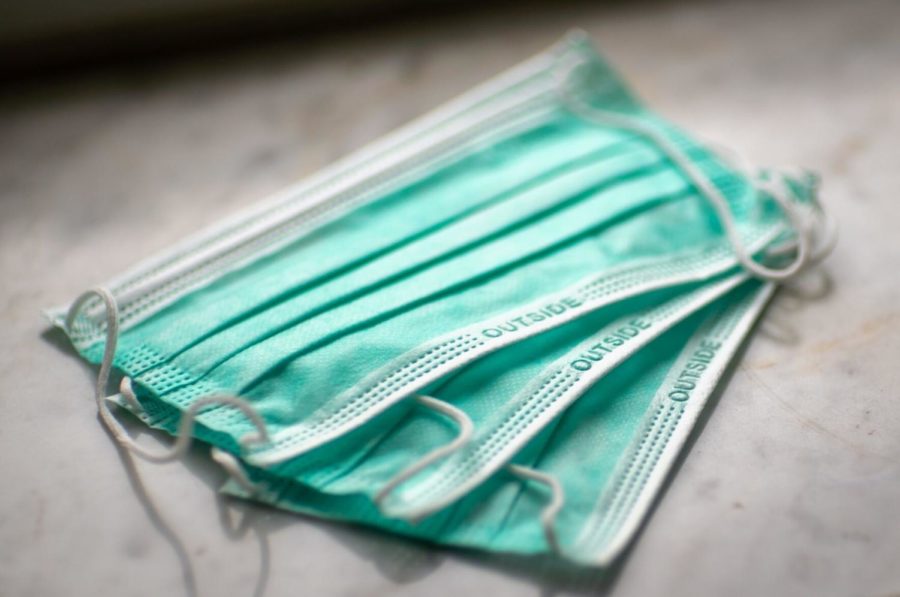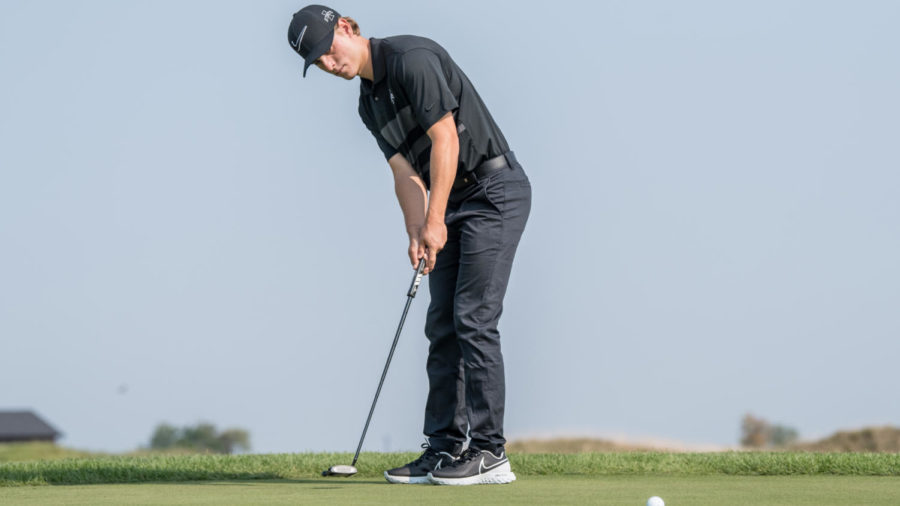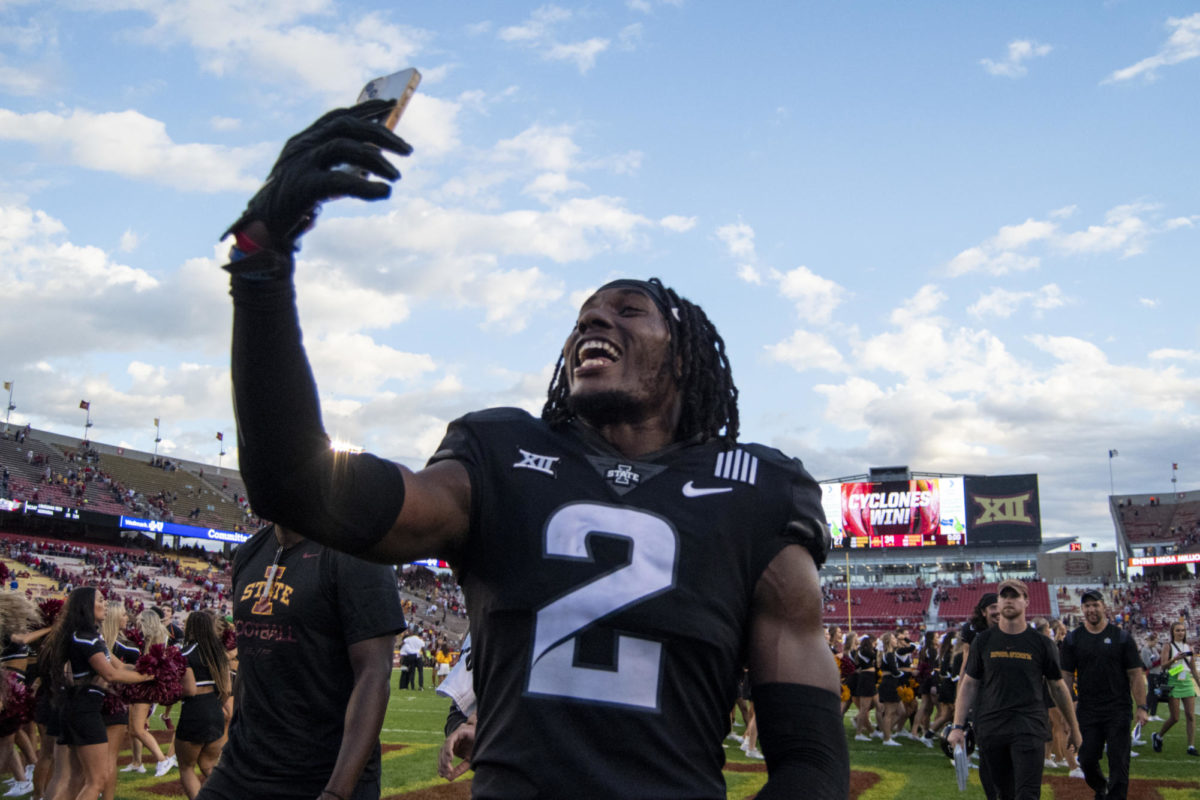‘We beat the averages’: COVID-19 fall semester in review
February 8, 2021
Iowa State released a summary of fall semester COVID-19 data including tests run, close contacts and total positive cases.
Overall, the public health team and Veterinary Diagnostic Lab ran 24,734 tests for the Iowa State campus community. On average, individuals received a test within 24 hours of requesting an appointment and test results were provided within 24 to 48 hours.
The average number of close contacts for a positive individual was two. “Close contact” is defined as someone who is within 6 feet of the positive individual for over 15 minutes.
Contact tracers followed up with close contacts within 48 hours, on average.
Out of 3,471 close contacts of positive individuals, 58 close contacts came from a classroom or learning space. One of those 58 individuals ended up testing positive.
Iowa State’s positivity rate surpassed the state positivity for only two weeks during the semester, both of which occurred during the spike in cases at the beginning of the school year in the aftermath of “801 day.”
The other spike in positive cases occurred on Halloweekend, after Gov. Kim Reynolds’ executive order closed bars in Story, Black Hawk, Dallas, Johnson, Linn and Polk counties.
In total, 2,914 individuals tested positive for COVID-19 during the fall semester, 2,246 of which tested positive through on-campus testing. The remaining positive cases came from self-reports and off-campus testing.
The cumulative on-campus testing positivity rate was 9.16 percent.
Kristen Obbink, Iowa State’s COVID-19 public health coordinator, said these numbers represent Iowa State’s fall semester experience.
“Certainly we did face some challenges,” Obbink said. “But we were successful in our overarching goal of trying to give students the most normal experience possible and try to keep everybody as safe as we could in the face of the pandemic.”
John Lawrence, vice president of Outreach and Extension, said that students’ efforts to follow safety precautions helped keep numbers below average.
“Our efforts and really the students’ efforts to buy into the Cyclone Cares campaign showed that we could, you know, [..] participate in Iowa State,” Lawrence said. “We beat the averages.”
Obbink said the number of close contacts coming from classrooms showed that most of the transmission came from off-campus gatherings.
“We continue to see that people were really getting exposed — bad kinds of social gatherings or other things that were taking place outside of the classroom — but that the mitigation strategies we had in place [in the classroom] were very successful in keeping everybody as safe as possible,” Obbink said.
Obbink said she was most proud of all the work everyone put in to make campus as safe as possible.
“Everybody across campus stepped up and brought their skillset to the table and were willing to add on to their already very full plates,” she said.
On Jan. 27, Iowa State released a collection of stories to mark one year of the COVID-19 response.
“The news release that came out just kind of exemplified a lot of the work that people across campus had done […] people went above and beyond. They were continuing to do their existing jobs and then all of these other things on top of it. We really came together and accomplished a lot of things in a short period of time,” Obbink said.
Lawrence said he was most proud of students’ efforts to practice safety on campus.
The team was worried about whether students would comply with mask and safety policies, but that became a nonissue.
“The students bought in wholeheartedly — on campus in classrooms — [they said] we want to be here, and to be here we need to follow these simple practices. And I think that had a lot to do with the success we had. The whole campus was an all hands on deck. We had something students bought into wholeheartedly and did their part,” Lawrence said.
So far during the spring semester, 81 individuals have tested positive for COVID-19. The semester’s positivity rate so far is 3.7 percent. COVID-19 test results and data from last semester can be found on the COVID-19 dashboard.

















